12 Types of Camera Lenses (With Pictures)
Last Updated on
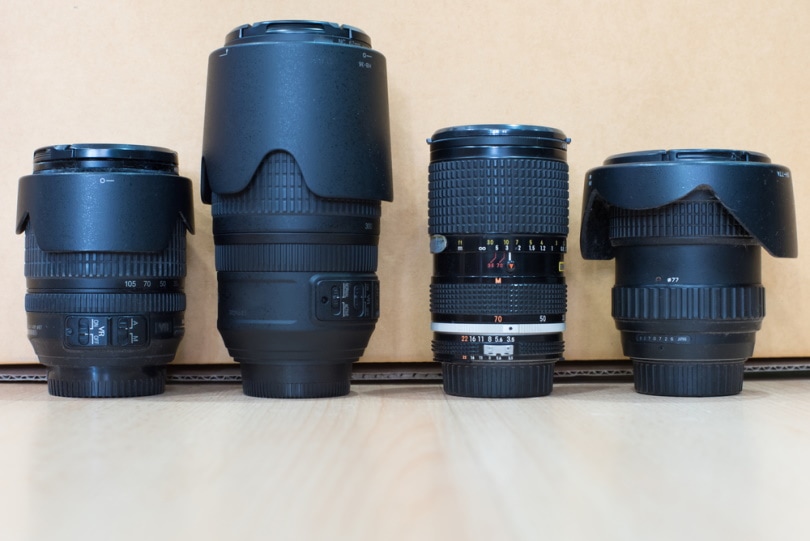
A camera lens converts what you see through its viewfinder to a medium by focusing light onto it. It works on the same principle, whether you use a mirrorless, digital, or old-school film camera. The lens makes all the difference in the performance of the camera. Some cameras have only one lens, which makes it easier to use. Others allow you to swap out different ones.
These cameras give you more flexibility as a photographer. You can match the len˙s with the subject. It also offers opportunities to get creative. It is not difficult to imagine that this hobby can get expensive. That’s why it’s essential to balance what you want to capture by using different lenses to make it happen. Let’s look at some of the most common types of camera lenses.

The 12 Main Types of Camera Lenses (With Pictures)
1. Standard Lens
https://www.instagram.com/p/Bv6P_OQny-f/
A standard lens can vary from 35 mm to 85 mm. However, one with a 50 mm angle of view covers the bases for most applications. It’s an excellent choice for a beginner who wants to learn the photography basics before jumping into the deep end. What you see is what you get with these products. That’s both good and bad, as long as what you see through the viewfinder is exciting.
- Affordable
- Easy to use
- Versatile
- Limited quality with landscape shots
2. Wide-Angle Lens

A wide-angle lens gives you a broader field of view, which lends itself well to larger-than-life subjects, such as landscapes. It adds an element of surprise by bringing larger views to the forefront. It also allows you to add some drama to your shots. The focal length is typically smaller by sacrificing magnification for a larger view.
- Dramatic shots
- Well suited for landscape photography
- Greater depth of field (DoF)
- Possible distortion
3. Telephoto Lens
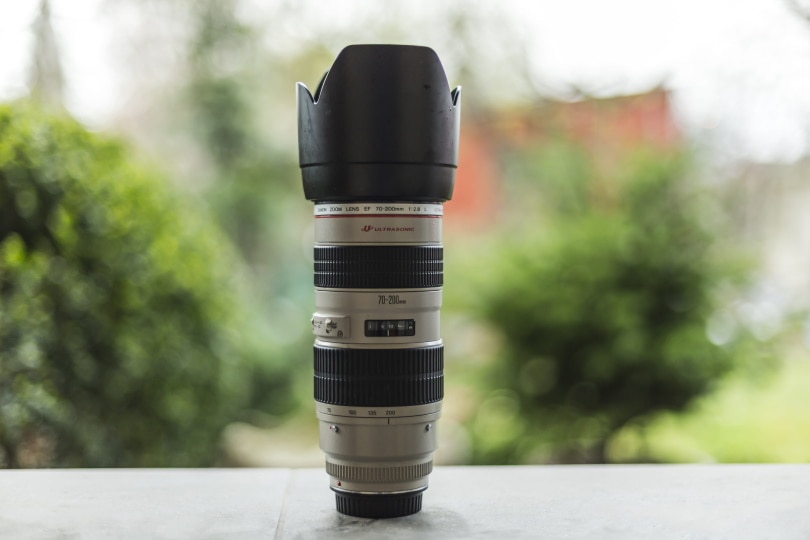
One of the best uses for a telephoto lens is to capture wildlife scenes. Animals are usually wary of humans getting too close. This lens makes it possible to take photos that are often hidden from our view.
- A broad range of subject possibilities
- Creative, one-of-a-kind shots
- Often expensive
- Usually bulky
4. Super-Telephoto Lens
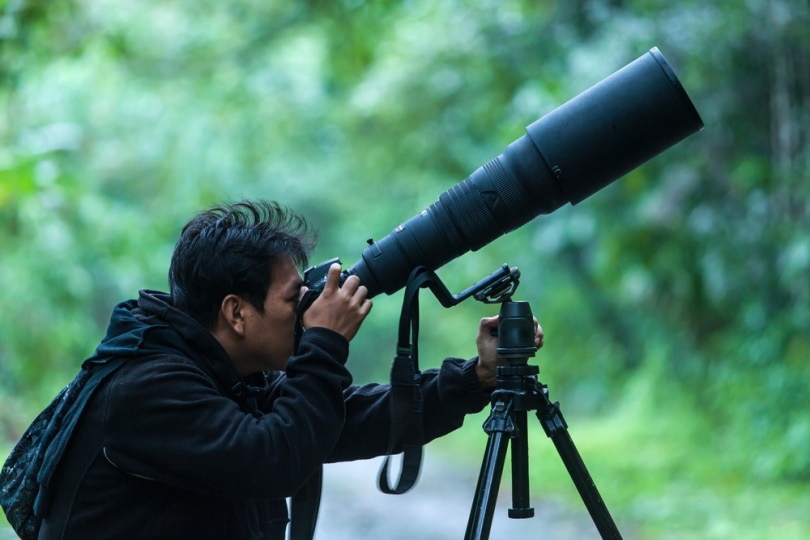
A super-telephoto lens takes a regular telephoto lens to the next level. The value is in the unique subjects that you can capture. What you can photograph is only limited by your imagination. You can get pictures of distant or up-close scenes. Its use is limited. That may make it a questionable purchase, given its higher cost and weight.
- Outstanding detail
- Beautiful pictures
- Heavy
- Limited applications
5. Macro Lens
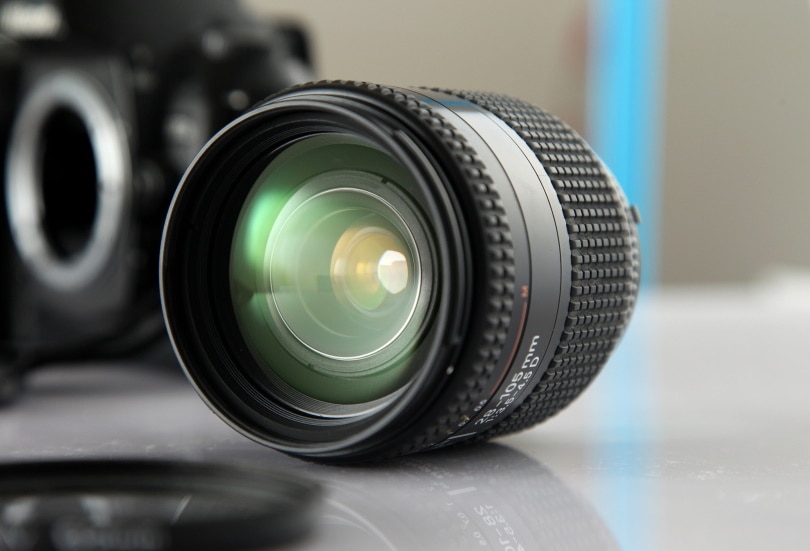
Some of the most interesting photographs aren’t majestic landscapes. Sometimes, putting a microscope on everyday objects or organisms creates the most fascinating shots. A macro lens makes it possible to get a bird’s eye view of things that you wouldn’t normally see or notice.
- Unique shots
- Excellent image quality
- Limited use
6. Fisheye Lens

The fisheye lens makes artsy photos possible. It brings creativity to the head of the class with panoramic views of a grand scale. It embraces distortion with an angle of view up to 180 degrees. The effects are interesting and sometimes startling. They are ideal for creativity but also have limited uses.
- Artistic shots
- Excellent for wide or tight spaces
- Available for smartphones
- Limited applications
7. Tilt-Shift Lens
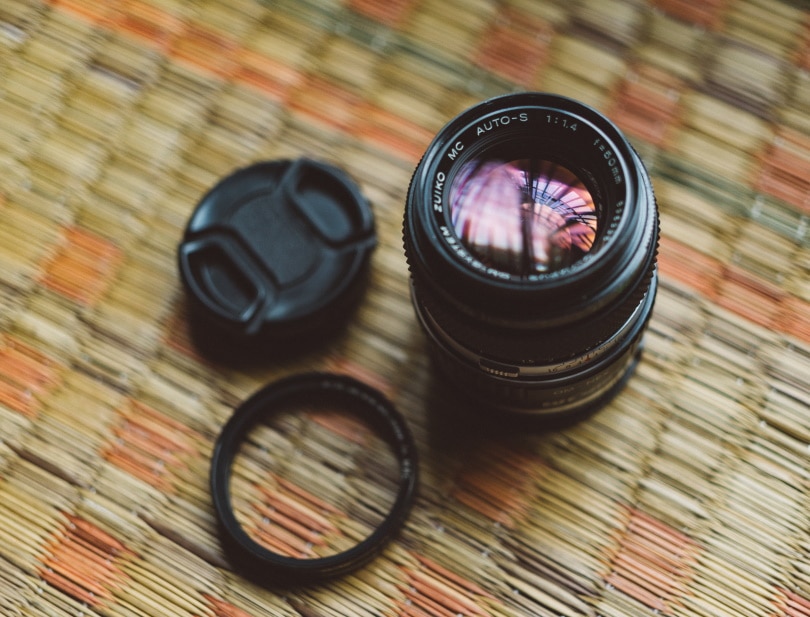
Tilt-shift camera lenses are another riff on the wide-angle lens. This one lets you mess with the vanishing points of a scene and perspective with dramatic results. Think of it as the “closer than it may seem” warning on your car’s side mirrors. If you want to create dramatic images, this lens is an excellent choice.
- Creative photographs
- Excellent focus
- Bulky and heavy
- Limited use
8. Mirror Lens

The mirror lens is another variation of a telephoto lens on steroids. It’s essentially a smaller version of a telescope since it operates on a similar principle. The result is a magnified image. The design makes them more affordable than other options. However, it comes at a price with speed and aperture sizing. It’s definitely a lens for the experienced user.
- Affordable
- Excellent detail
- Lightweight
- Slow
- Fixed aperture
9. Kit Lens

The kit lens usually has shorter focal lengths but can add to the versatility of your standard lens. They are user-friendly, making them an excellent choice for newcomers to the hobby. You’ll often see them as the standard equipment for cameras with interchangeable lenses. They aren’t sophisticated items, but they serve their utilitarian purpose well.
- Excellent for beginners
- Basic versatility
- Diminished creativity
- Lesser quality
10. Teleconverter Lens

A teleconverter lens isn’t as much of a separate component as an extension of an existing kit. It allows photographers to enlarge their shots and extend their DoF. They enable photographers to increase their area of focus. Its use is to extend the usability of the existing lens beyond its typical capability. Its best value is with experienced users.
- Extensive creativity of a lens
- Improves speed
- Increases aperture
- Limited use and value
11. Stereoscopic Lens
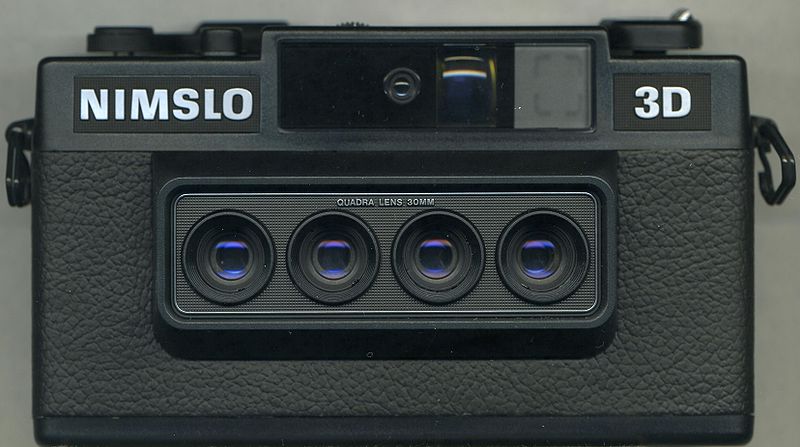
A stereoscopic lens messes with the illusion of depth to create unique effects or the so-called optical illusions. Of course, that makes for limited uses for the everyday user. It has its applications when someone wants to exaggerate its effects. It’s best employed for specialized functions. It succeeds on that score where it may not interfere with others.
- Interesting effects
- Viable for specialized uses
- Not suitable for everyday users
12. Infrared Lens
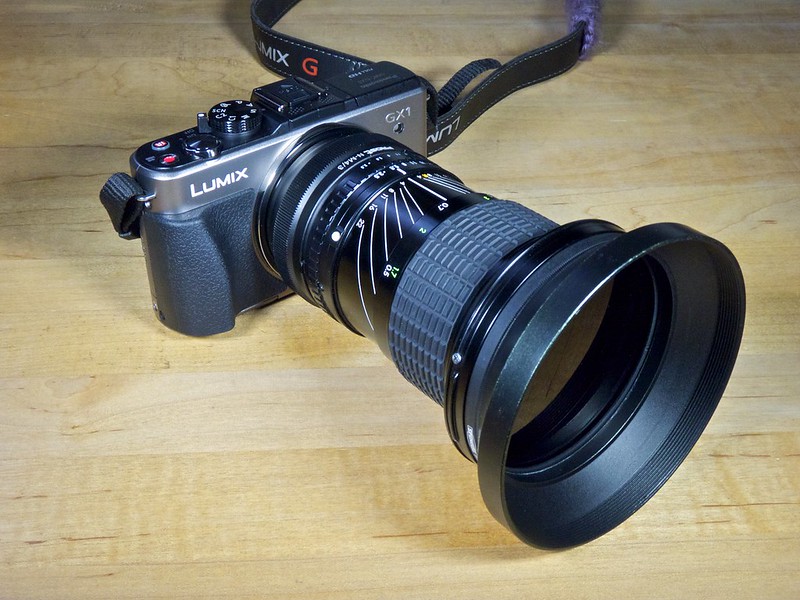
Infrared lenses use this wavelength for creating photographs. They are more sensitive to what we can see, giving them a broad range of specialized applications. Infrared lenses are a techy option for an experienced photographer who wants to expand their horizons. Consequently, it’s harder to use out of the box.
- Good use in challenging photographic conditions
- Excellent for black and white images
- Optimal camera performance
- Difficult to master

Conclusion
Photography is constantly evolving, and it is evident in the number of lenses you’ll find. There are lots of types to choose from. The good news is that you’ll find a product that can match your needs. They can help you capture images that you never thought were possible.
Featured Image Credit By Duke.of.arcH, Shutterstock
About the Author Chris Dinesen Rogers
Chris has been writing since 2009 on a variety of topics. Her motto with all of her writing is “science-based writing nurtured by education and critical thinking.” Chris specializes in science topics and has a special love for health and environmental topics, and animals of all shapes and sizes.
Related Articles:
Monocular vs Telescope: Differences Explained (With Pictures)
How to Clean a Refractor Telescope: Step-by-Step Guide
How to Clean a Telescope Eyepiece: Step-by-Step Guide
How to Clean a Rifle Scope: 8 Expert Tips
What Is a Monocular Used For? 8 Common Functions
How to Clean a Telescope Mirror: 8 Expert Tips
Brightfield vs Phase Contrast Microscopy: The Differences Explained
SkyCamHD Drone Review: Pros, Cons, FAQ, & Verdict
